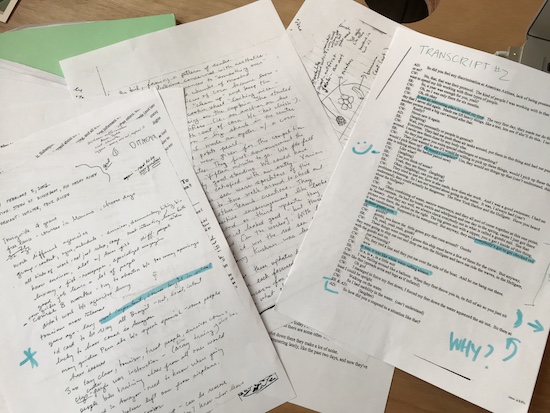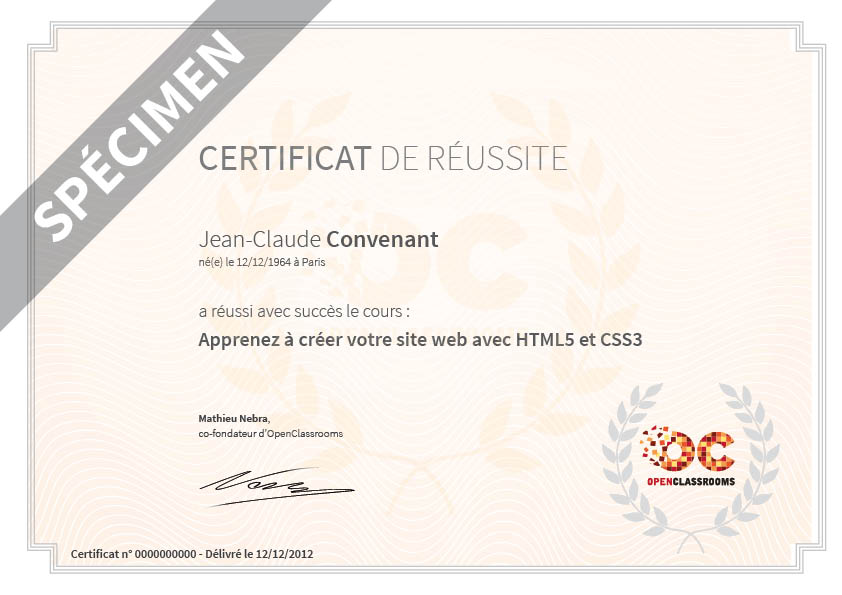Now that you've completed all this research, it's important to do something with it right away while it's still fresh in your head! It's time to make your research meaningful.
In a professional context, make sense of your research as a team; your brains can work together to approach and interpret your findings in different ways.
Gather Your Findings
Start by collecting all your documentation in one place. It will differ for each project, but may include:
Field notes/notebooks
Sketches
Photos
Screenshots
Video
Audio
Interview transcripts
📋 RESEARCH 1 – PET PROJECT 🐶
LOCATIONS
City Lawns - (public) dog park.
Bark Wow Wows - private, membership only dog park.
Paws Arrr Us - specialty dog boutique.
INTERVIEWS
Bob - owner of Spot (Beagle) and Max (Golden Retriever).
Lucida – owner of Paws Are Us.
Malique – dog walker.
Sandra - vet.
Carlotta – local pet toy designer who sells on Etsy and at Paws Arrr Us.
PARTICIPANT OBSERVATION
Borrowed friend's dog to attend local dog "Meet-up."
It's helpful to have contact information for everyone you talk to in one place for future reference. You may want to create a spreadsheet or list. If you're working with a team, consider making a shared document using a tool like Google Docs so that the team will continue to receive updates.
Here is a simple Google Docs contact template that you could use to store contact information provided by Spreadsheet Class.
First Review
Everyone has their own process, but I start by reviewing my notes and transcripts with a highlighter or different colored pen. Next, I pull out quotes and write each one on a separate sticky note. If possible, I use the words of the people who spoke them. Paraphrasing can work, as long as it's in the spirit of what the person said and not me making up what I wanted them to say (if I have an audio recording, I'll revisit it). Quotes and key ideas drive my next steps.

Consider analyzing your data in a physical (printed) form rather than jumping between tabs on a computer where you may get distracted. If you're workshopping with your team, it also makes it easier to keep everyone working towards the same goal.
Steve Portigal creates a topline summary, which serves as an initial informal analysis that captures first impressions. It becomes a good reference point from which he can build and focus on analysis. In addition, it's a way to consider possible emerging patterns.
To create a topline summary, organize all the major themes under headings. These headings are just the first attempt to arrange the information-you can always rename them. Your goal is to look at responses from different interviews and start thinking about the vital information that emerged rather than who said what.
Steve Portigal on making research into a useful form [20:58 min]
Throughout the rest of the course, we'll examine common tools you can use to make sense of your research. Other types of analysis you may encounter in UX include:
Mental models.
Concept models.
Gap analysis.
Task analysis/workflow.
Let's recap!
Research is a combination of (Analysis) breaking something down into essential elements or features and (Synthesis) combining or putting something together to form something new.
An efficient researcher needs to read between the lines. Consider what someone says vs. what they actually do and try to highlight the gaps.
Teams are great for research in that you have multiple perspectives to interpret interviews and observations.
It's useful to have contact information for everyone you talk to all in one place, in case you need it for future reference.
Now that your findings are gathered and pre-reviewed, let’s see how they can be helpful to craft personas and journey maps of your users!
